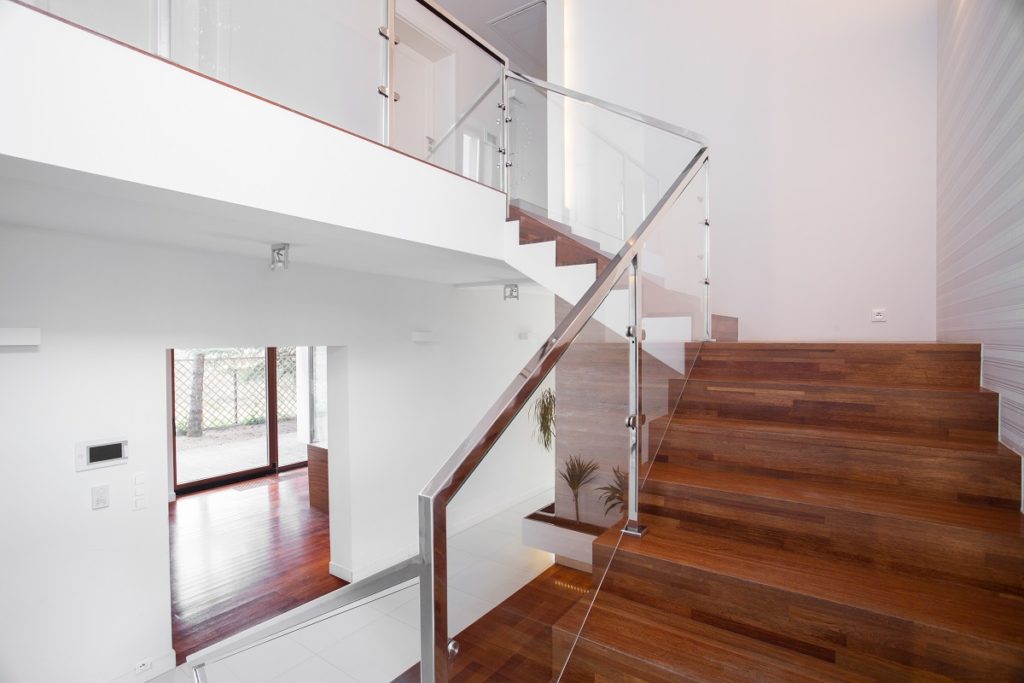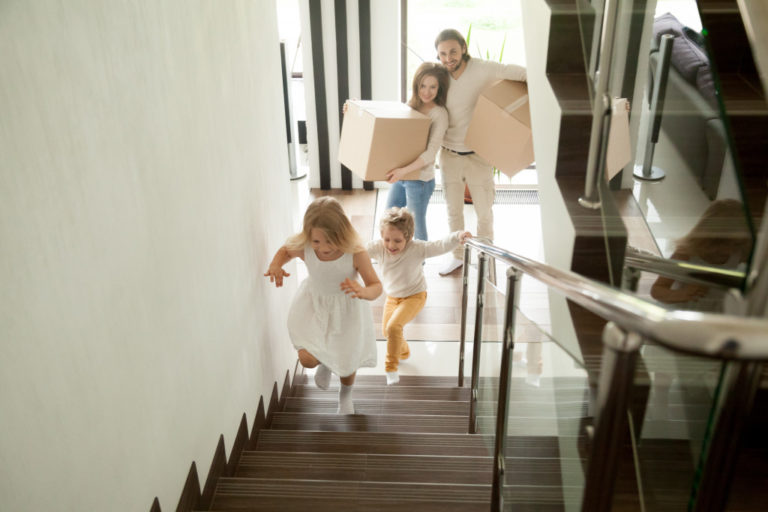Of all the places in a house, living rooms, and passage spaces such as foyers and staircases are subjected to the most traffic. That means that these spaces will see the most wear and tear, and will require more maintenance compared to other parts of the house. Keeping these spaces safe for everyone is of paramount importance, which is why you need to inspect and repair them often.
Many homeowners only consider aesthetics when designing passageways and stairs for their homes. However, choosing between modern staircases and classic styles, while important, isn’t the only aspect that matters. You also have to think about safety. For instance, older homes need more stair maintenance or even replacements.
With a little bit of maintenance and some professional help, you can keep your home safe and secure for everyone.
1. How to check treads
During construction, the stair treads are secured tightly in place with wedges, keeping the stairs safe and secure for its users. With regular use, however, the wedges will eventually loosen, dislodging the treads from their position. If you have noticed creaking noises and wobbly treads, it might be time to do some repairs.
Start by inspecting the steps, starting from the bottom. A few loose wedges can be easily repaired and replaced. But if most treads are loose or creaking, you might have to rebuild the stairs or choose a new design altogether.
2. How to check posts and railings
When doing routine home maintenance work, you might want to remove loose posts and railings for inspection and cleaning. Afterward, you can just return them to their original position and retighten the fit. But if the posts and railings remain loose, it can be a sign that the stairs are too old and should be replaced immediately.
If the problem is one or two loose posts, you can just do some quick and cheap repairs. Multiple loose railings are a symptom of a bigger problem, however. You might need to rebuild the stairs just to get it back in a safe and working state.
 3. Safety over aesthetics
3. Safety over aesthetics
Many homeowners retain the original stairs when buying older properties. They often think that keeping the old structure helps in maintaining the home’s charm and history, and that might be true. But if the stairs are unsafe, there is no point in keeping them around. Aesthetic considerations should take a backseat to safety. Always update or replace unsafe stairs.
4. Where to place the stairs
When renovating an old house, you might consider changing the position of the stairs. It could be that the existing design is too unwieldy, inefficient, or just downright outdated. Cultural considerations also play a role in where to place the stairs. For instance, Chinese families avoid stairs that lead directly to the front door.
These pointers will help you keep your stairs sturdy and safe. Passage spaces have to be constructed properly to ensure safety, which is why it’s best if construction and repair are left to professional contractors and designers.




